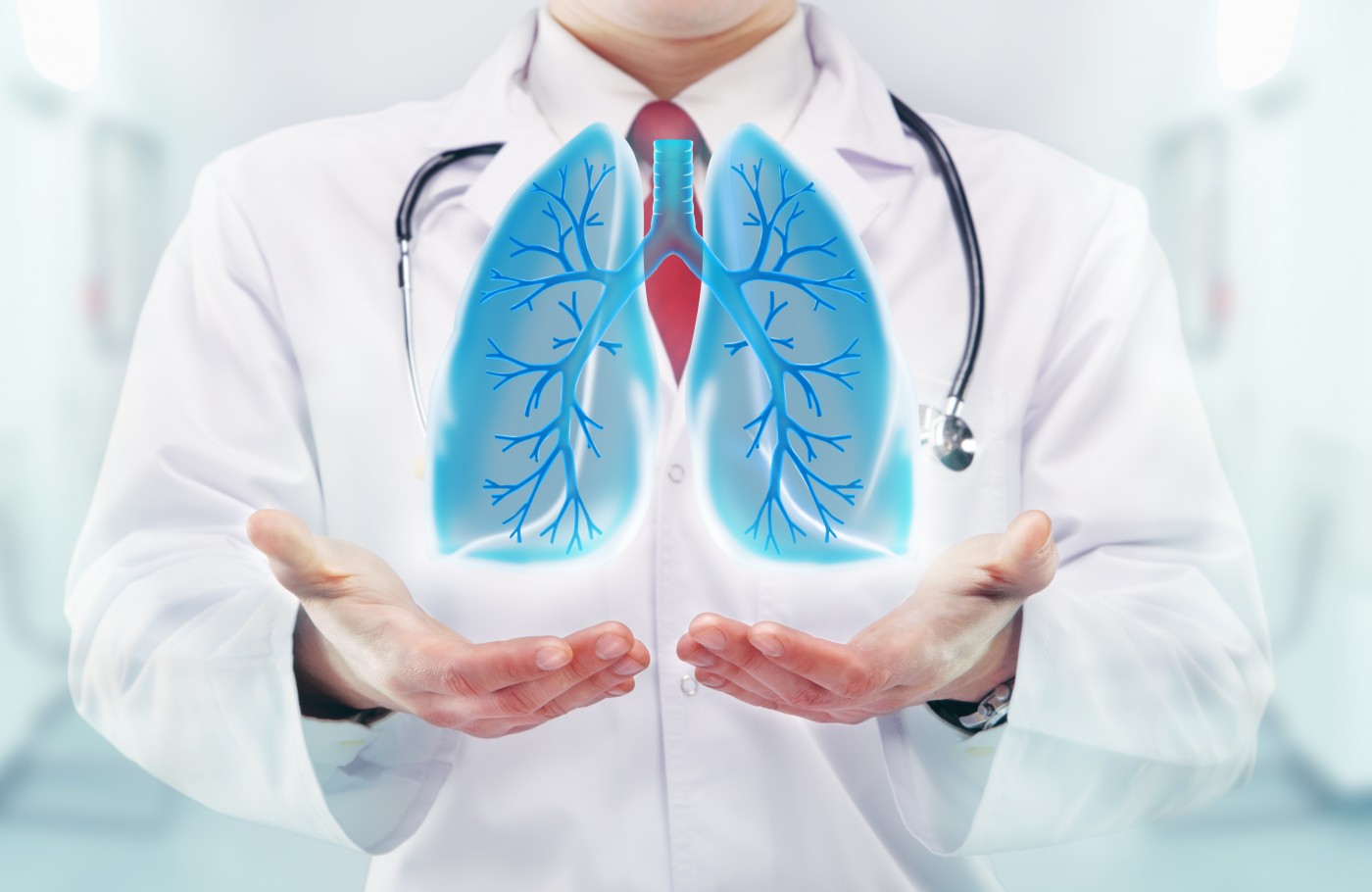Spyryx Biosciences Presents Novel Data on CF Therapy SPX-101 at 2 Scientific Meetings

Spyryx Biosciences presented new data and updates on its cystic fibrosis (CF) treatment SPX-101 at two recent events: the European Cystic Fibrosis Society Basic Science Conference, which took place March 29-April 1 in Albufeira, Portugal, and the invitation-only Needham & Company’s 16th Annual Healthcare Conference, held April 4-5 in New York.
SPX-101 is an inhaled peptide that mimics the function of the SPLUNC-1 protein, which helps control airway surface hydration and mucus clearance. In CF patients, this mechanism is impaired, allowing mucus to accumulate and bacteria to infect the lungs. SPX-101 restores mucociliary clearance and removes bacteria and foreign particles from the lungs.
The drug’s mechanism of action is independent of the genetic mutations that cause CF, which is why doctors consider SPX-101 a potential disease-modifying therapy for all CF patients.
At the New York conference, Spyryx CEO and President John Taylor discussed the results of a Phase 1 trial and plans for a Phase 1b and Phase 2 studies that Spyryx will start in mid-2017. And at the Portugal event, Spyryx — based in Durham, N.C. — presented two abstracts with data on the mechanism of action and potential clinical benefits mediated by SPX-101 treatment.
The first study, “ENac Internalization by SPX-101 is a Novel CF Therapy for All CFTR Mutations,” showed that SPX-101 binds to a protein called ENaC and reduces its presence on the surface of human lung cells of both healthy and CF donors, and in mice with CF-like lung disease. In these animals, reduced levels of ENaC limited lung infiltration by immune system cells and boosted survival to more than 90 percent.
The other abstract, “SPX-101 is a Novel ENaC-Targeted Therapeutic for Cystic Fibrosis that Restores Mucus Transport,” demonstrated that SPX-101 improved mucus clearance in the trachea of mice and sheep with CF-like lung disease. This outcome was durable and lasted at least eight hours after a single dose of SPX-101. It also showed that nebulized SPX-101 had a good safety profile, with no adverse effects on blood or urine analyses, even at maximum doses.
“We believe the results shared in these studies, combined with the absence of dose-limiting adverse effects in our toxicology and clinical testing, provide a strong scientific rationale for a meaningful benefit of SPX-101 in treating all CF patients, regardless of their CFTR mutation,” Alistair Wheeler, MD and chief medical officer of Spyryx, said in a news release. “The protocols for our pending clinical studies in CF patients have completed review by the clinical community and have been well received. We are excited to have the opportunity to investigate the therapeutic potential of SPX-101 in treating CF-related lung disease. It is our desire to deliver a powerful therapy to the patients suffering from this devastating disease.”







